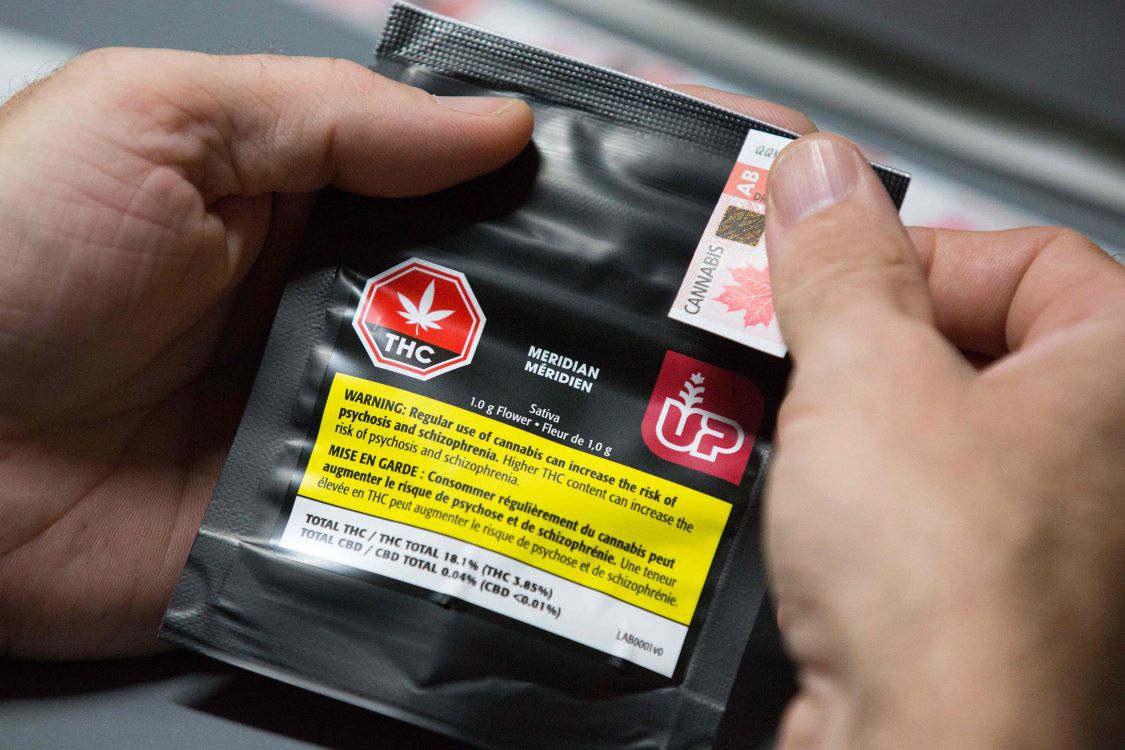You are here
Home 🌿 Recreational Marijuana News 🌿 Cannabis in Ontario isn't all roses and sunshine. Here are some major causes for concern 🌿Cannabis in Ontario isn't all roses and sunshine. Here are some major causes for concern

On Monday, the Ontario Cannabis Store (OCS) published a wide-ranging report offering insight into the purchasing patterns of Ontario cannabis consumers.
The data covers all legal sales across the province from April 1, 2019 to March 31, 2020. A few licensed producers and product categories emerged as leaders and we’ve covered them here. But it wasn’t all roses and sunshine. The report highlighted several areas still of concern for the fledgling industry.
These are some of the losers from the important initial report.
The OCS
The provincial wholesaler continues to evolve in its scope and approach, which is good news, but more improvements are needed as more than 80 per cent of cannabis purchases in the province are still through the illicit market.
Things are trending in the right direction for the legal regime, however, as it supplied 19 per cent of cannabis purchases in Q4 2019, a significant jump from Q4 2018, when legal purchases accounted for little more than five per cent of sales.
The OCS website was also outperformed by brick and mortar retail stores, despite just nine stores being open when the report began. Of the nearly $400,000,000 worth of cannabis sold in the fiscal year, only $71,000,000 — roughly 18 per cent — was ordered through the OCS.ca. Still, as the provincial supplier, the OCS makes a cut from every retail store sale.
Ontario Consumers
Though the cannabis 2.0 products came online earlier this year, the selection has been extremely limited leaving consumers with few options when it comes to trying things like weed-infused beverages. And while the OCS product catalogue continues to grow, the diversity within each category remains limited.
The pandemic has ushered in some progressive changes to cannabis retail, such as allowing for delivery, curbside pick up and online sales, but the lack of stores across the province is still a glaring issue. The move toward an open allocation system has resulted in more retail options. As of today, there are nearly 90 retail stores open, but more stores are still needed for the province to reach its potential.
Topicals
Amounting to just $20,000 in sales at both the OCS.ca and in retail stores, topicals were by far the worst-performing product category. The low sales were almost certainly impacted by the lack of availability as topicals continue to roll out and make their way to store shelves. The reviews are good, and customers are interested, but the purchasing options are few and far between. The lack of availability wasn’t a bad thing for everyone, however. Apothecanna made up 100 percent of topical sales across the board.
Labelling
While Ontario had no product recalls in the fiscal year due to quality concerns, two products were recalled due to labelling errors, and complaints continue to simmer online about the range of THC percentage on some products and the discrepancy between online listings and what the package actually contains upon arrival.
The majority of complaints filed to the OCS were related to dryness, orders being underweight, and potency range. The OCS says they are working to address those issues.
Licensed producers are now required to limit the THC range on products to six per cent, a decrease from 10 per cent, but it will take several months for those changes to come into effect as existing stock is sold off. Products must also be shipped within three months of arriving at the distribution centre, which should help combat the dust-like dryness that has been a persistent complaint from consumers.
420 Intel is Your Source for Marijuana News
420 Intel Canada is your leading news source for the Canadian cannabis industry. Get the latest updates on Canadian cannabis stocks and developments on how Canada continues to be a major player in the worldwide recreational and medical cannabis industry.
420 Intel Canada is the Canadian Industry news outlet that will keep you updated on how these Canadian developments in recreational and medical marijuana will impact the country and the world. Our commitment is to bring you the most important cannabis news stories from across Canada every day of the week.
Marijuana industry news is a constant endeavor with new developments each day. For marijuana news across the True North, 420 Intel Canada promises to bring you quality, Canadian, cannabis industry news.
You can get 420 Intel news delivered directly to your inbox by signing up for our daily marijuana news, ensuring you’re always kept up to date on the ever-changing cannabis industry. To stay even better informed about marijuana legalization news follow us on Twitter, Facebook and LinkedIn.




